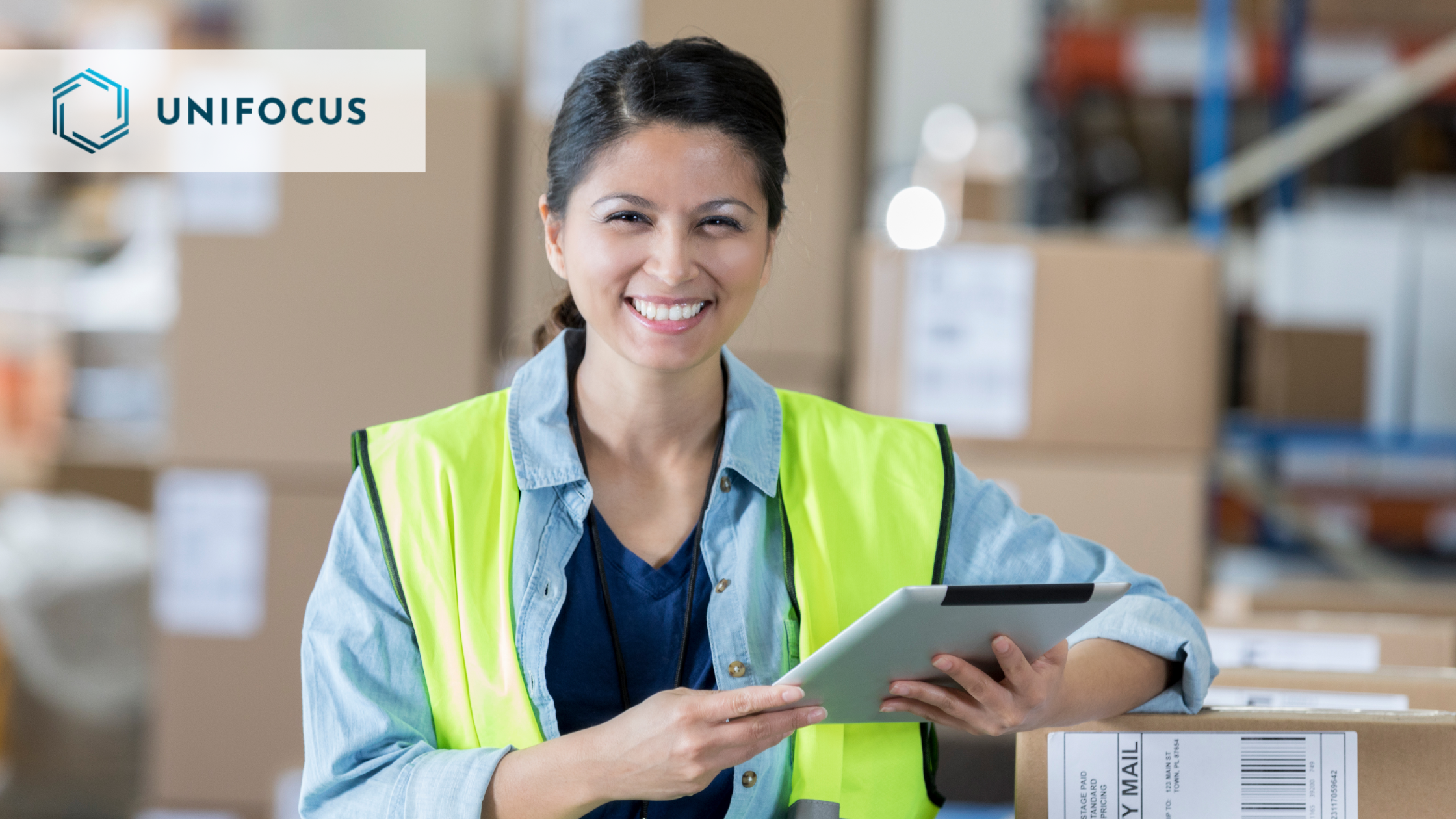May 14, 2018 – Published in CMS Wire –Human resource management(HR) in the enterprise has undergone one of the most dramatic digital transformation processes in the organization. If this has been driven by the adoption of HR-focused digital platforms and the ease which they bring to employee recruitment and onboarding processes, it is also being driven by the use of digital collaboration technologies in the home. In fact, according to new research from Santa Clara, Calif.-based ServiceNow, a cloud computing company, California, workers are demanding the same kind of digital experiences at work as they are used to at home, or as they are offered as customers. It shows, in fact, that experience is experience is experience, whether that is digital experience, employee experience or customer experience.
Digital Employee Experiences
Digital experiences outside of work have made life simpler, easier and more convenient. Today’s top talent is demanding the same at work, and global research of 500 human resources executives across 12 countries and 20 industries reveals that providing excellent employee experiences, enabled by technology, are becoming the new way to win the never-ending war for talent.
The research was carried out by Oxford Economics on behalf of ServiceNow and surveyed 500 CHROs about the changing nature of the job and its impact on business performance. Respondents were based in Europe, the US, the UK and Australia across a broad range of B2B and B2C sectors.
U.S. Leads Digital Transformation Efforts
The findings, contained in the report entitled The New CHRO Agenda: Employee Experience Drives Business Value, show that that US-based companies are pursuing digital transformation faster than their peers in Europe and Asia Pacific with one third of CHROs (Chief Human Resources Officers) in the US (32 percent as opposed to 20 percent in Europe say that their primary role is shifting toward making human resources more digital and efficient. “Top talent can work anywhere, and they are choosing companies that embrace advanced technology to make work simpler, faster, better,” ServiceNow chief talent officer Pat Wadors said in a statement. “A fundamental shift is under way, and top human resources leaders are creating a new employee experience realizing that great benefits and cool office perks are no longer enough. Employees want great digital experiences that make work, work better for them.”
What is interesting is that the report draws a clear parallel between digital experience, employee experiences and “consumerized experiences”. Employees, it seems, are looking for the same quality experience — if not the same kind of experience — as customers expect when they interact with an organization at a digital touchpoint. Improving the employee experience with personalized, predictive and seamless digital technologies is at the core of this digital transformation, the report says. In the future this ‘connectedness’ of experiences will become more and more important.
In fact, more than half of CHROs surveyed (56 percent) say the ability to create a digital, consumerized employee experience will define their role in three years, compared with only six percent who say their role will continue to be defined by traditional human resources activities. So is there a difference between customer and employee experiences? If so what are they and how should enterprises work them into their digital experience strategy inside and outside the enterprise.
Employee Experience Is Difficult To Measure
Rephael Sweary is co-founder and president of WalkMe, a San Francisco-based software-as-a-service company. He argues that the key difference is that traditionally, there have been a slew of ways to measure the customer experience — while analytics associated with the employee experience have been virtually nonexistent.
He points out that in the past, organizations have prioritized customer experience metrics as they've been viewed as intrinsic to the company's business performance and growth. Whether it's net promoter scores, churn rates, renewal rates or other product and engagement metrics, the customer experience has been extensively analyzed. “Fortunately, enterprises are increasingly realizing that the employee experience — is also critical to productivity and growth. Whereas the focus on the employee had languished in the past, the emergence of AI and analytics is delivering greater insights on how workers engage and adopt solutions,” he said.
Employee Experience Challenges
Building an excellent employee experience begins with follow-through. There are a number of questions managers need to consider and actions they need to take. For example, "does your company have a mission statement that employees can follow through on?" or "Is your business's mission statement something they can truly get behind and act on?"
Great leaders share their vision and in doing so connect the dots, illustrating to workers how their role impacts the overall mission and goals. “Make your employees see meaning in the work that they do. High pay and generous benefits don't always lead to employee happiness. Employees need something deeper, they need to feel like what they do matters, to truly commit to the job that they're doing,” Sweary said.
Happy employees who are fully dedicated to the mission before them are more likely to go that extra mile for your customers providing them a superior experience. “Of course, when your employees are happy and dedicated to their job, this impacts the customer experience,” Sweary added.
Mark Heymann is the CEO and co-founder of Carrollton, Texas-based developer of smart performance tools for workforce management UniFocus. He agrees that, in general, the more positive the employee experience, the more positive his guest's satisfaction is. But he added that organizations need to keep an eye on the how it unfolds. “While this cause and effect situation is usually true, there are situations in which employee satisfaction is high, but the customer remains totally dissatisfied. This is called the 'Country Club Environment,' where employees are having a good time, but not delivering on the customer experience,” he said.
Ultimately, business owners and managers should be thinking 'What does a rewarding experience for both groups of people look like?' and find ways to correlate the two groups' satisfaction levels. Building employee satisfaction relies on various factors such as communication with management, comfort in training, feeling valued, and many more areas.
“Another element to consider is the fact that many companies, particularly in the service industry, have a multi-generational workforce; thus, every employee's needs and expectations differ depending on, for example, whether they're from 'Generation X' or a Millennial” he said.
Customer, Employee Experiences Are The Same
There are many, though, like Pablo Serrano of Buy Yourself Barcelona, that argue that there is no difference between customer experience and employee experience at all. He said that organizations have started to see a direct correlation between productivity and employee experiences and are starting to offer technology that employees like to use. “We have seen that developing software for employees that is similar to the technology they’re used to, productivity has raised productivity by as much as 20 percent,” he said.
Many employees feel out of touch with of their workplace due to the obsolete technology, according to Serrano. He warns that employees truly dislike repetitive tasks and don't like being tied to a desk and PC. "They hate repetitive tasks and can’t handle non-mobile solutions where they can talk to anyone in the world with their smartphone... They don’t like the idea of things not being done because the processes or technologies are complicated. User experience is key to great employee experience.”
The Role Of Technology In Experiences
In today's age of digital transformation, workplaces are rapidly evolving in order to help employees work smarter, better and faster to meet heightened customer and business demands. This means adopting new tools, systems and processes powered by next-gen technologies, such as artificial intelligence and machine learning.
These technology investments have significant potential to drive growth and operational success, but only if companies make simultaneous investments in strategic learning and developmental roadmaps. Organizations need to upskill employees, along with forward-looking recruitment plans that target requisite new skill sets for today and for the future, according to Marilyn Tyfting, Chief Corporate Officer at Vancouver, Canada-based TELUS International. “Without proper and ongoing training and development or enough knowledgeable and experienced individuals to do the work, employees will quickly feel overwhelmed and unprepared for the new demands of their roles,” she said. This can quickly lead to underperformance, decreased job satisfaction, low engagement, and eventually, increased workforce attrition.
Encourage the Right Culture
Another key factor to consider is corporate culture and how it's brought to life for employees as new technologies continue to propel workplace trends forward. While digital technology enables speech and text analytics, and machine learning capable of assessing employee performance and proactively suggesting relevant learning opportunities, it's critical to not lose sight of the importance of the human connection in the workplace.
She added that employees thrive and grow with one-on-one coaching, heartfelt encouragement and personalized recognition. Companies that meaningfully prioritize the employee and customer experience by keeping high-tech high touch; marrying digital transformation with a human touch; embracing change, innovation and an agile mindset; and thriving on spirited teamwork and diversity will most often have engaged, inspired and motivated teams that are more adaptable to the workplace changes brought about by the new digital era.






